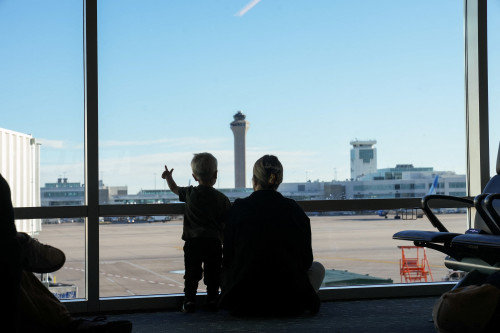
WASHINGTON (Reuters) -U.S. Transportation Secretary Sean Duffy on Wednesday will detail the Trump administration’s plans to overhaul the aging U.S. air traffic control system after Congress awarded an initial $12.5 billion in funding.
The Federal Aviation Administration’s air traffic control network’s woes have been years in the making, but a rush of high-profile mishaps, near-misses and a catastrophic crash in January between a U.S. Army helicopter and regional American Airlines jet that killed 67 has spiked public alarm.
“Our job is to keep air travel safe, which is why I have dedicated my tenure to delivering an all-new air traffic control system,” Duffy will tell the U.S. House Transportation and Infrastructure Committee, according to written testimony seen by Reuters.
The legislation gives USDOT $12.5 billion “down payment to implement our state-of-the-art design,” Duffy’s testimony says.
USDOT plans to upgrade outdated radar and telecommunications systems, air traffic control towers and other facilities as well as increasing staffing of air traffic controllers and has adopted new incentives to retain controllers.
The bill includes $2 billion for the first new en route air traffic center since the 1960s. The administration wants to name a company to help oversee the massive job and President Donald Trump said in April a company like Raytheon or IBM may get the contract.
The FAA wants to purchase new radios and network connections, replace 618 radars, install anti-collision tarmac technology at 200 airports and expand its ADS-B network of real-time aircraft traffic information.
Duffy has said he wants new funding for airport equipment to prevent near-miss incidents and new incentives to boost air traffic controller hiring and retention, which is 3,500 short of targeted staffing.
Last month, a National Academies of Sciences report said the FAA’s overtime costs for air traffic controllers have jumped by more than 300% since 2013. The report found FAA air traffic workforce in 2024 logged 2.2 million hours of overtime costing $200 million, saying “widespread overtime use may be partly due to inefficient scheduling of the controllers available at facilities.”
(Reporting by David Shepardson; editing by Edward Tobin)



